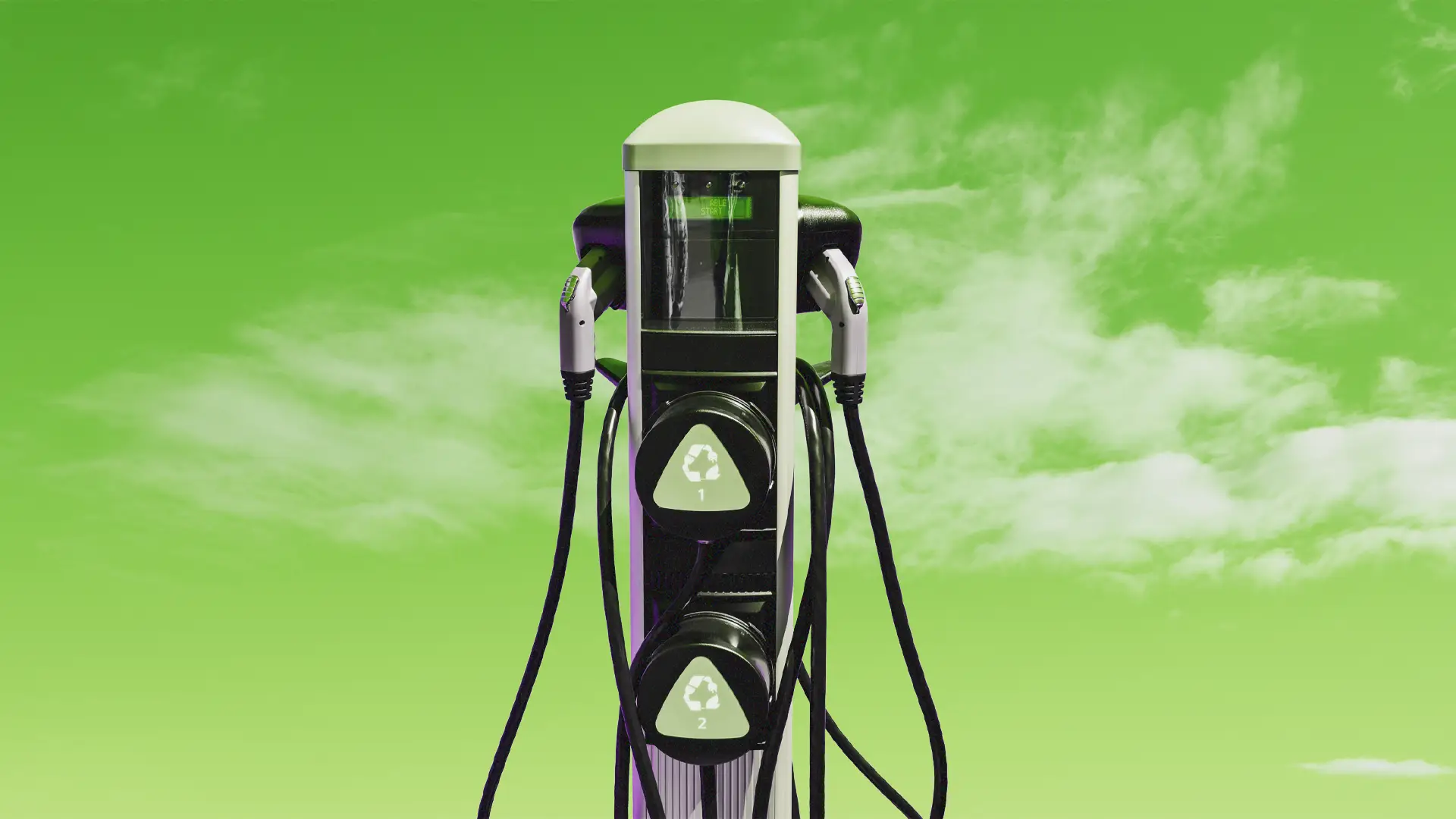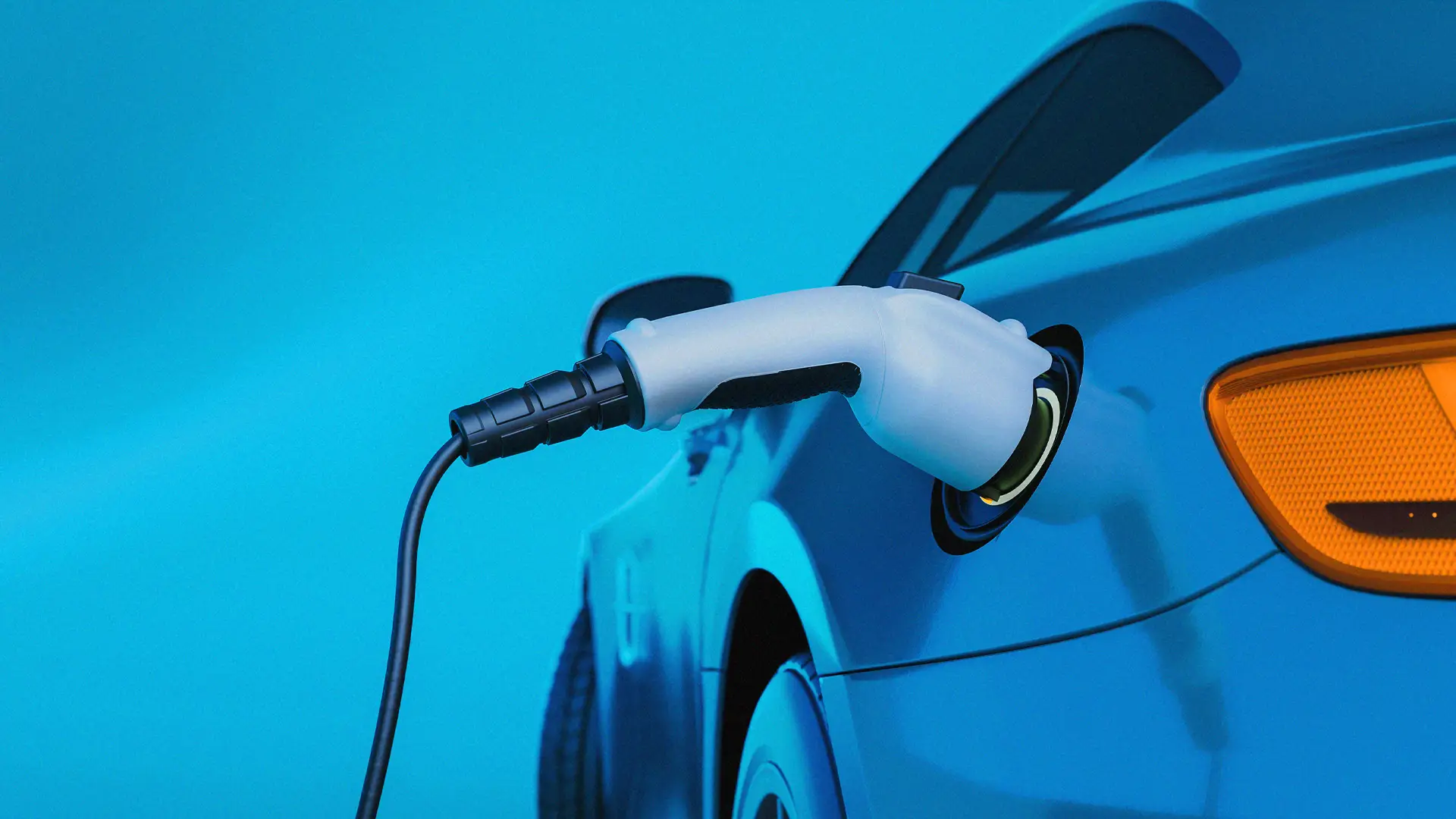

Key Takeaways
- Hybrids, particularly plug-in hybrid electric vehicles (PHEVs), offer a practical transition between gas and fully electric vehicles, easing consumers into EV adoption by addressing key challenges for EV adoption, such as range anxiety and infrastructure limitations.
- With the ability to run on both gas and electric, hybrids make electrification accessible, even for drivers without access to at-home charging or living in urban areas.
- Hybrid sales are surging, driven by their flexibility, practicality, and financial incentives, such as federal tax credits and fuel savings.
- Hybrids can help bridge the gap until charging infrastructure becomes more widespread, expanding participation in the EV movement.
Listen: Can hybrids unlock a successful future EV transition?
In 1924, GM's CEO Alfred P. Sloan famously asserted, “There is a General Motors car for every pocketbook and for every purse.” A century later, GM echoed this vision in their multi-million dollar “Everybody In” campaign, inviting drivers into the future of electric vehicles. But despite its polish, this initiative fell short of igniting widespread change. Why? Perhaps, like other manufacturers, GM overestimated the consumer's readiness for a leap into all-electric vehicles.
The industry's failure to build a compelling narrative for EV adoption has led to lagging consumer demand, which has, in turn, caused the automakers to pivot. Instead of going all-in with fully electric vehicles, we're also suddenly seeing a big pushback toward hybrids, with a number of manufacturers offering new models.
So, is this a tactical retreat? Is it the age of the Prius or the age of the Tesla? Or are hybrids actually the gateway drug to a full EV future?
Hybrids: the comeback kid?
Not too long ago, hybrids went from hero to zero, overshadowed by the allure of sleek Teslas. But, like the recent revival of Crocs—another once-mocked brand that's now on track for record sales, hybrids have suddenly found a new fan base. Today's hybrids, especially PHEVs, are experiencing a resurgence, with sales up by nearly 50% year on year. Why the renewed appeal? They offer flexibility: a bridge between gas and electric that gives consumers peace of mind. And, like Crocs, their practicality may have outlasted any initial skepticism.
PHEVs: a reliable range for real life
PHEVs address one of the key challenges for EV adoption: range anxiety. Take the Chrysler Pacifica, a plug-in hybrid that can stretch over 500 miles on a full charge and tank, with up to 25 miles purely electric. For short commutes, PHEV drivers can go weeks without gas, charging at home or at work. On longer trips, the gas engine is there as a backup—an appealing feature for families and anyone with access to limited charging infrastructure.
No garage, no problem
Around one-third of Americans lack a personal garage (source: Dept. of Energy), which has understandably slowed some consumers' adoption of EVs. Without at-home charging, the pure EV experience is less convenient. But PHEVs allow these drivers to run on gas and plug in wherever and whenever they can, making electrification accessible even in multi-unit dwellings or urban areas. By expanding participation in the EV transition, hybrids can help bridge infrastructure gaps until at-home and / or public charging is more universally available.
Financial perks add fuel to the fire
Incentives sweeten the deal, too, accelerating the EV transition by making hybrids more financially attractive. Many PHEVs are eligible for federal tax credits, offering up to $7,500 off at purchase while also saving consumers money on fuel when tapping into the electric range. PHEVs appeal to both budget-conscious and environmentally aware consumers, which could broaden the hybrid market even further.
Consumer choice: a winning formula?
Body style also plays a role in hybrid adoption. While most battery-electric vehicles (BEVs) in the U.S. are SUVs and trucks, hybrids offer a wider array of options. Approximately 80% of PHEV sales come from passenger cars, appealing to those seeking a traditional sedan or compact model. With broader body-style options, hybrids can attract the EV-curious who aren't yet willing to trade their car for a fully electric SUV.
Electrification on the rise—what's next?
Despite some ups and downs in BEV sales, the electrified vehicle market is gaining momentum, with a forecasted 10% EV market share by the end of 2024, and nearly 24% when including all electrified vehicles. As the EV transition progresses, more drivers are likely to shift from PHEVs to BEVs, especially as charging infrastructure continues to improve. California, for instance, now boasts over 150,000 charging ports—more than its number of gas pumps—helping to ease range anxiety.
Auto manufacturers need to lean into the marketing opportunities that PHEVs provide. Hybrids are a practical, low-risk entry point into the EV market—a “best of both worlds” solution that aligns with today's evolving infrastructure and consumer readiness. They are the training wheels to an all-EV future. By embracing hybrids, EV marketers can remind owners of the convenience they're experiencing.
To position hybrids as a springboard into an all-electric lifestyle, here are several targeted strategies for EV Marketers:
Precision marketing with AI-powered personalization
The hybrid market is ripe for the precision that generative AI offers. By targeting nuanced audience segments—such as “SUV enthusiasts considering hybrid options” or “first-time EV buyers open to plug-ins”—marketers can design personalized ad content that speaks directly to each segment's needs and preferences. Generative AI can dynamically shape campaigns around the interests, demographics, and past interactions of these audiences, creating content that feels relevant and resonates with potential buyers.
The all-electric home garage
For consumers who install home charging units for their new PHEV, marketers have an ideal entry point to grow EV adoption within the household. Customer relationship management (CRM) platforms can help build these relationships, engaging owners with incentives for additional EV purchases or shared charging options, encouraging more members of the household to go all-in on electric—especially as a second car or truck.
Information feedback loops
Telematics will provide OEMs with information on how much their hybrid drivers are leaning into electric and can inform drivers, “Hey, you haven't used any gas in a while; looks like you're ready to go all EV.”
Making the dream a reality
As marketing legend Mary Wells once noted, cars represent the dreams of our collective future. For EV marketers, hybrids can embody a cleaner, more adaptable vision that meets consumers halfway. Hybrid models offer drivers a taste of EV ownership, erasing common objections about range, charging, and infrastructure. By positioning hybrids as a gateway to EVs, brands can help turn the dream of a cleaner world into reality.
Marketers can foster confidence in a fully electrified future by promoting hybrids as a meaningful step toward zero emissions. With these strategies, hybrids provide an optional stepping stone, allowing brands to bring “Everybody In” when the timing—and consumer interest—are just right.
Related

Great brand collaborations are the best to strengthen identity.
Design & Experience, Insights & Trends, Marketing & Creative, Beauty and Fashion

Consumer demand and policy are driving EV market growth.
Development & Technology, Insights & Trends, Automotive

Are you missing opportunities to improve health screenings?
Design & Experience, Marketing & Creative, Health






